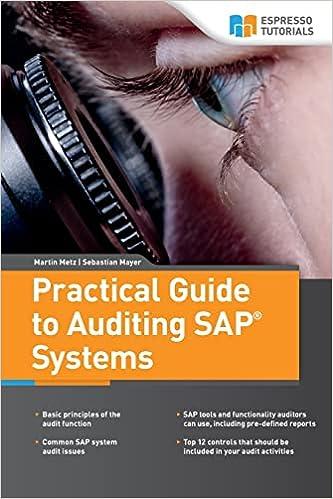Question
From the perspective of a bureaucrat, which government accounting method is more feasible for each revenue source? Cash Basis, Modified Accrual or Full Accrual. Explain
From the perspective of a bureaucrat, which government accounting method is more feasible for each revenue source? Cash Basis, Modified Accrual or Full Accrual. Explain your response. The key to your response should be stability or volatility of the revenue source over time. Further, you should consider whether the revenue source can be broken down into components parts. For example, user fees collected from a street meter may differ in stability from user fees collected at a toll station. In addition, you should realize that the amount and percentage of revenues collected from each source can vary from year to year depending on any number of social, political and economic factors. In any event, be specific and justify your response. It may be useful to review the revenue information in Chapter 5, prior to responding to this question. Check table below for chp 5 revenu information.
A. State Income Taxes
B. Public Utility Fees
C. Donations
D. Motor Fuel Taxes
E. Licenses and Fees
F. Sales Taxes
G. Gaming Fees (casinos)
H. Block Grants
I. Property Taxes

Step by Step Solution
There are 3 Steps involved in it
Step: 1

Get Instant Access to Expert-Tailored Solutions
See step-by-step solutions with expert insights and AI powered tools for academic success
Step: 2

Step: 3

Ace Your Homework with AI
Get the answers you need in no time with our AI-driven, step-by-step assistance
Get Started


